Archaeologists in Jerusalem have discovered an extremely rare limestone block inscribed with an official commemoration to the Roman Emperor Hadrian, who reigned in the 2nd century AD. The ancient tablet may solve the mystery surrounding the cause of the Bar Kokhba revolt, lending credence to the theory that the reason Jews revolted against Roman rule nearly 2,000 years ago was because of their harsh treatment. Archaeologists said that the discovery may be one of the most important Latin inscriptions ever uncovered in Jerusalem.
The Jerusalem Post reports that stone slab was unearthed while researchers with the Israel Antiquities Authority were excavating sites north of the Damascus Gate, one of the main entrances to the Old City of Jerusalem, which is located in the wall on the city’s northwest side where, in times past, a road led to the capital of Syria, Damascus. Although the limestone block may have once sat at the top of a triumphal arch, it had been repurposed and was used to create a cistern for storing water.
READ MORE: Ancient Equivalent of Tablet Computer Found in Turkey Dig
MORE: 10 Incredible Texts From Our Ancient Past
A Dedication to Emperor Hadrian The limestone block contains a six-line inscription in Latin, dated to the years 129-130 AD, which has been translated into English by Avner Ecker and Hannah Cotton from the Hebrew University of Jerusalem. It reads as follows: To the Imperator Caesar Traianus Hadrianus Augustus, son of the deified Traianus Parthicus, grandson of the deified Nerva, high priest, invested with tribunician power for the 14th time, consul for the third time, father of the country (dedicated by) the 10th legion Fretensis Antoniniana.
Hadrian was an extremely prominent Roman Emperor, who reigned from 117 to 138 AD. He re-built the Pantheon and constructed the Temple of Venus and Roma, and is famous for building Hadrian’s Wall, a 117.5 km (73.0 mile) long defensive fortification which marked the northern limit of Roman Britain. Hadrian was regarded by some as a humanist, who earned the respect of his people through good and honest rule. Philosopher Niccolò Machiavelli called him one of the “Five Good Emperors” of Rome.
Clues About the Bar Kokhba Jewish Revolt
Researchers have said that the inscription may offer clues surrounding the historical factors that led to the Bar Kokhba revolt of the Jews against their persecutors in the Roman Empire, fought circa 132–136 AD, such as whether the construction of Aelia Capitolina, a Roman colony in Jerusalem, led to the revolt.
The second part of the inscription provides confirmation that the Tenth Legion, a division of the Roman army, was in Jerusalem during the period of the revolt, and alludes to the establishment of Aelia Capitolina as being one of the reasons for the uprising.
Although Hadrian is hailed as one of the ‘great and good’ emperors, Jewish chronicles refer to him in a less positive light, criticizing him for issuing decrees that persecuted Jews and forced them to convert.
Roman historian Cassius Dio records a visit by Emperor Hadrian to Jerusalem in 129-130 AD. The newly-discovered inscription is likely one of the engravings made to honor Hadrian on his tour of the empire.
Republished with permission. Read the original at Ancient Origins.
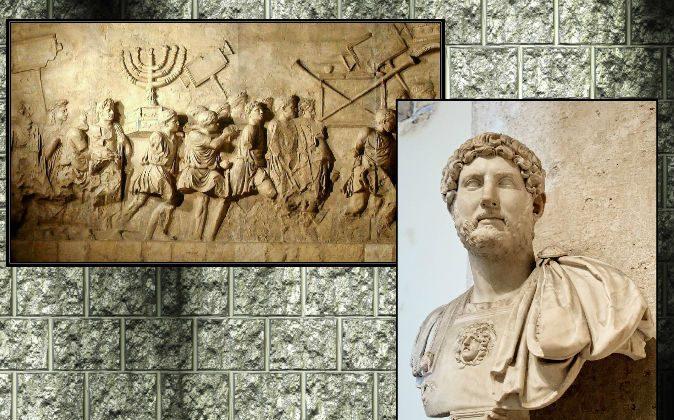
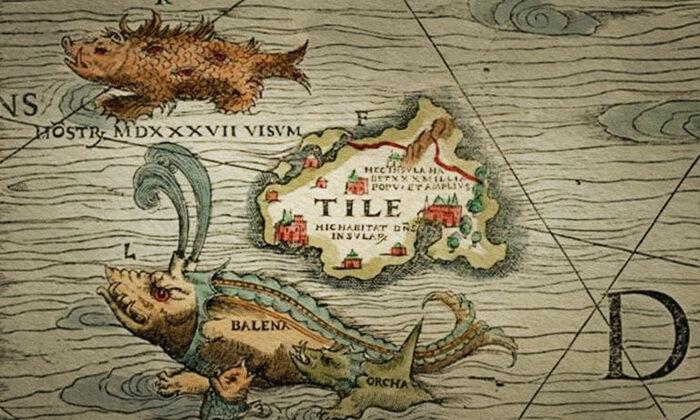
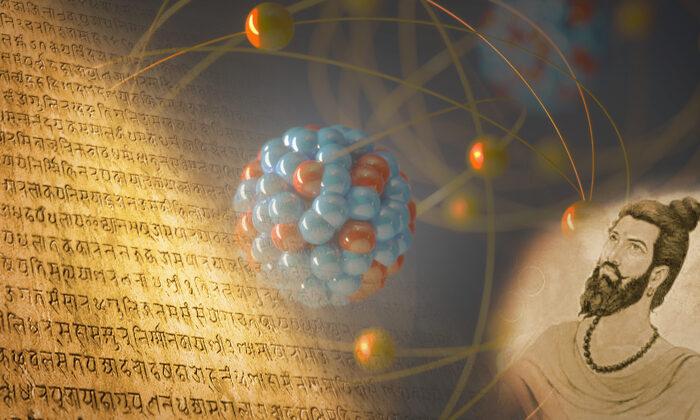
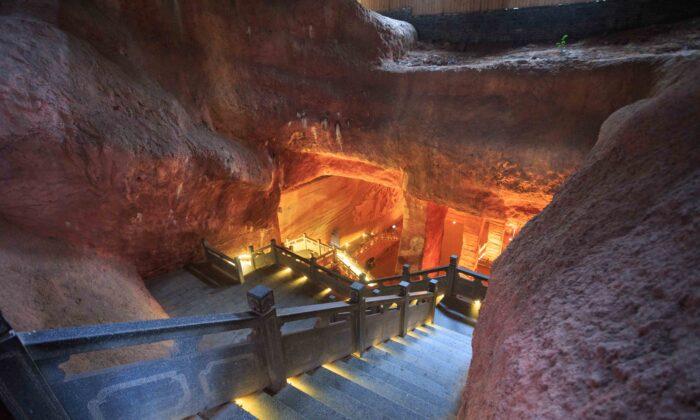
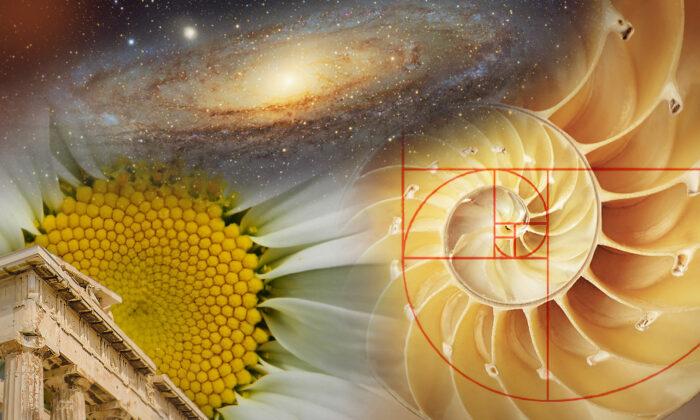
Friends Read Free